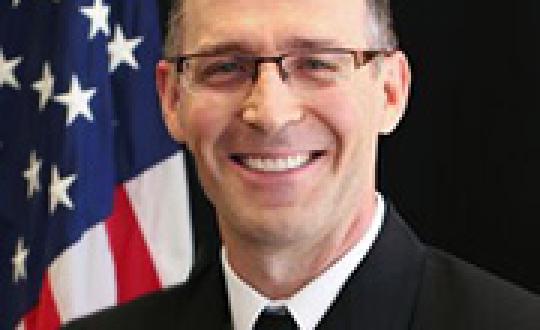Image


An official website of the United States government
Here’s how you know
Official websites use .gov
A .gov website belongs to an official government organization in the United States.
Secure .gov websites use HTTPS
A lock (
) or https:// means you’ve safely connected to the .gov website. Share sensitive information only on official, secure websites.


We are experiencing one of the most volatile substance misuse prevention climates in living memory. The global coronavirus pandemic and its related issues continue to challenge prevention professionals to adjust and innovate as they address the misuse of alcohol, marijuana, prescription drugs, and other substances in new and creative ways.
According to SAMHSA’s National Survey on Drug Use and Health (NSDUH), instances of any alcohol use by individuals under age 21 have decreased since 2002, with drinking by 12- to 20-year-olds declining from 29 percent to 19 percent between 2002 and 2019. Much of that progress can be attributed to the effectiveness of community-based prevention strategies. However, recent data shows increases in substance use that appear to be linked with pandemic-related stress. Among adults ages 18 and older, 13 percent reported that they started or increased substance use to cope with stress or emotions related to COVID-19, and 1 in 4 respondents ages 18 to 24 reported increasing substance use in the past 30 days to cope.
As demonstrated in all of SAMHSA’s prevention programming targeting the illegal use or misuse of substances, this work is rooted in the Strategic Prevention Framework (SPF). The SPF offers prevention professionals a comprehensive approach to understanding and addressing the substance misuse and related behavioral health problems facing their states and communities. It emphasizes the use of assessment data to determine prevention needs, capacity-building, planning, implementation, and evaluation. Guiding principles include cultural competence and sustainability. Lessons learned from communities using the SPF help inform SAMHSA’s prevention programming.
SAMHSA’s Communities Talk to Prevent Underage Drinking (Communities Talk) initiative is just one resource that is currently providing valuable lessons in how community-based prevention strategies can effectively mobilize stakeholders in a difficult environment. The initiative engages colleges and universities as well as other diverse communities that are balancing available prevention resources with the tremendous demand for behavioral health services. Activities range from public education and awareness raising campaigns to efforts that infuse substance misuse prevention priorities into public policy.
For example:
By looking at how community-based prevention professionals are promoting critical prevention messaging during the pandemic, SAMHSA/CSAP has adapted its technical assistance services and resources to meet emerging community needs. New and updated materials include toolkits on how to create prevention opportunities that can be easily accessed through virtual platforms. At the same time SAMHSA’s Prevention Technology Transfer Center Network works to adapt and improve substance misuse prevention/intervention, while providing direct training and technical assistance to the prevention field.
In September, National Recovery Month, prevention professionals on college and university campuses and elsewhere will have opportunities to host fall semester events tied to National Recovery Month and Communities Talk. In addition, the Talk. They Hear You. media campaign offers a wealth of resources aimed at helping parents and caregivers talk with their children early about the dangers of alcohol and other drugs.
While prevention often begins with a conversation, to inspire action to create change involves combining the science with insights from the field to implement prevention strategies in which everyone has a voice. The prevention field has learned how to keep substance misuse prevention alive and well despite a variety of roadblocks, crisis points, and other barriers. The prevention of substance misuse calls for even more of the persistence, creativity, and innovation already being demonstrated across our communities across the country.
CAPT Jeffrey Coady is a Commissioned Officer in the U. S. Public Health Service and a board-certified clinical psychologist. Since 2011, he has served as the Region 5 Administrator for the Substance Abuse and Mental Health Services Administration. In his role, CAPT Coady represents the Assistant Secretary for Mental Health and Substance Use at the regional level in fulfilling the agency's mission of reducing the impact of mental illness and substance use disorder on America's communities. He provides strategic consultation to national and regional healthcare stakeholders on policy, financing, and innovations to advance behavioral health prevention, treatment, and recovery. Since his commission in 2004, he has served a central role in conceptualizing, developing, and training federal mental health disaster response teams within the USPHS. He has received numerous professional, military, and civic honors throughout his career. He has an unwavering commitment to individuals with behavioral health disorders, their families, and the communities which they reside.
